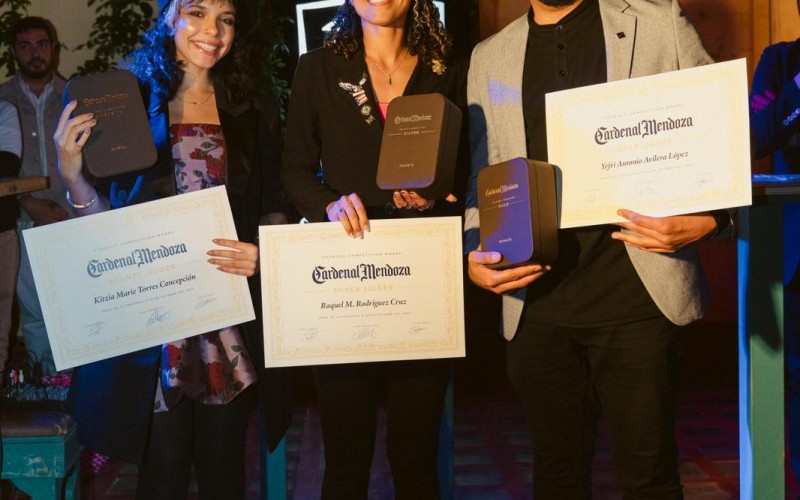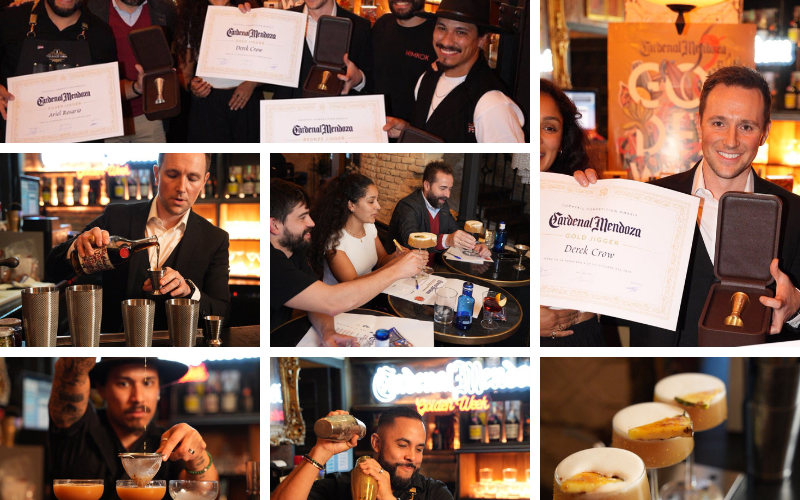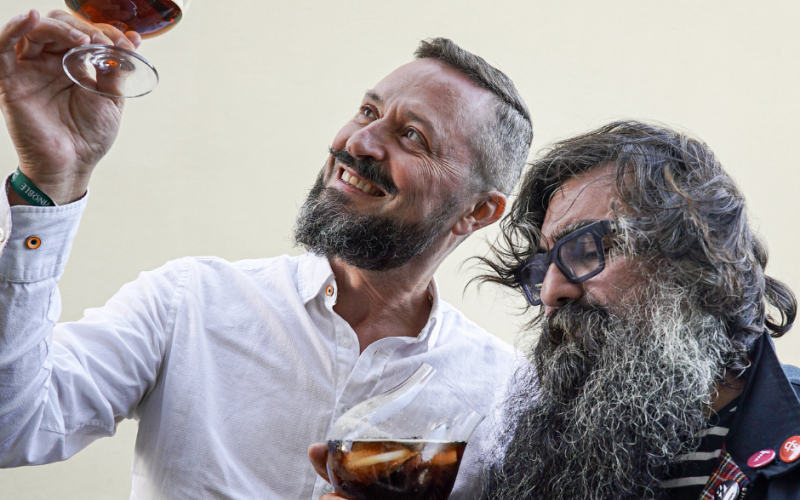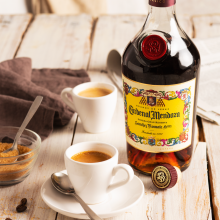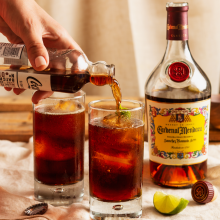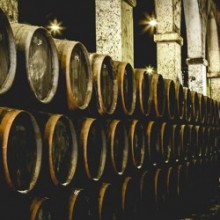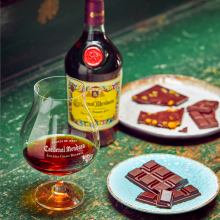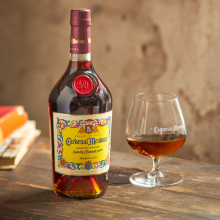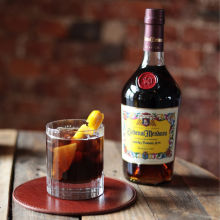Cigars 101 - a brief introduction
Unlike cigarettes which are produced in their millions by machines, Cuban cigars are individually handmade - and like a glass of Cardenal Mendoza - there are many reasons for their complexity and character.
The anatomy of a cigar
Cuban cigars are made from only whole tobacco leaves and it is the type, age and size of these leaves which gives each type of cigar its signature look and taste. They consist of three different parts:
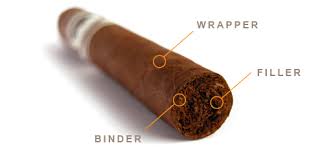
Filler
Making up the main body of the cigar, these whole leaves are folded along their length to help air flow through the cigar. The filler, or tripa, is a blend of three different kinds of tobacco leaf - depending on where they come from on the tobacco plant.
Ligero - the top leaves. 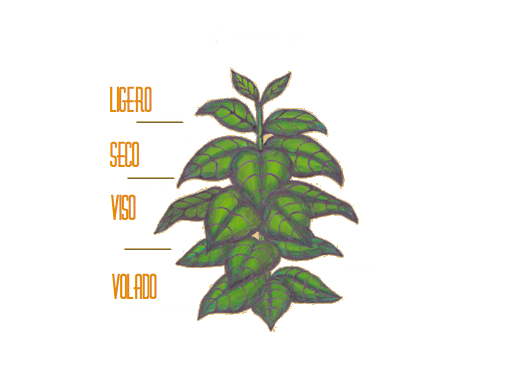
These are slow-burning leaves placed in the middle of the cigar, alth ough these are called lighter leaves this refers to them receiving the most sunlight and therefore being the strongest in flavour.
They are aged for a minimum of two years before being used.
Seco - the middle leaves.
Medium strength, these are lighter in colour and used for aroma. They are aged for 12 to 18 months before being used.
Volado - the bottom leaves.
Receiving the least light these leaves impart little flavour but burn best and are included to make sure your cigar doesn’t go out. They are aged for at least nine months before being used.
Binder
The binder, or capote, holds the filler together and creates the shape of the cigar. They are aged for at least nine months before being used.
Wrapper
The wrapper, or capa, leaves come from plants who are grown in shaded tapado fields - completely covered in muslin cloth to ensure larger and darker leaves. These single leaves are used to wrap and finish the cigar. They are aged for a minimum of six months before being used.
The size has nothing to do with the strength or flavour of a cigar - that is governed by the leaves used in the construction. As they are taxed by weight the size does affect the price - the smaller the cigar the cheaper it will be. Cigars of similar sizes will be a similar price regardless of producer.
Size
The myriad sizes of cigars can be confusing - first you have a ring size, then the length, and then you have the name of the size?!?
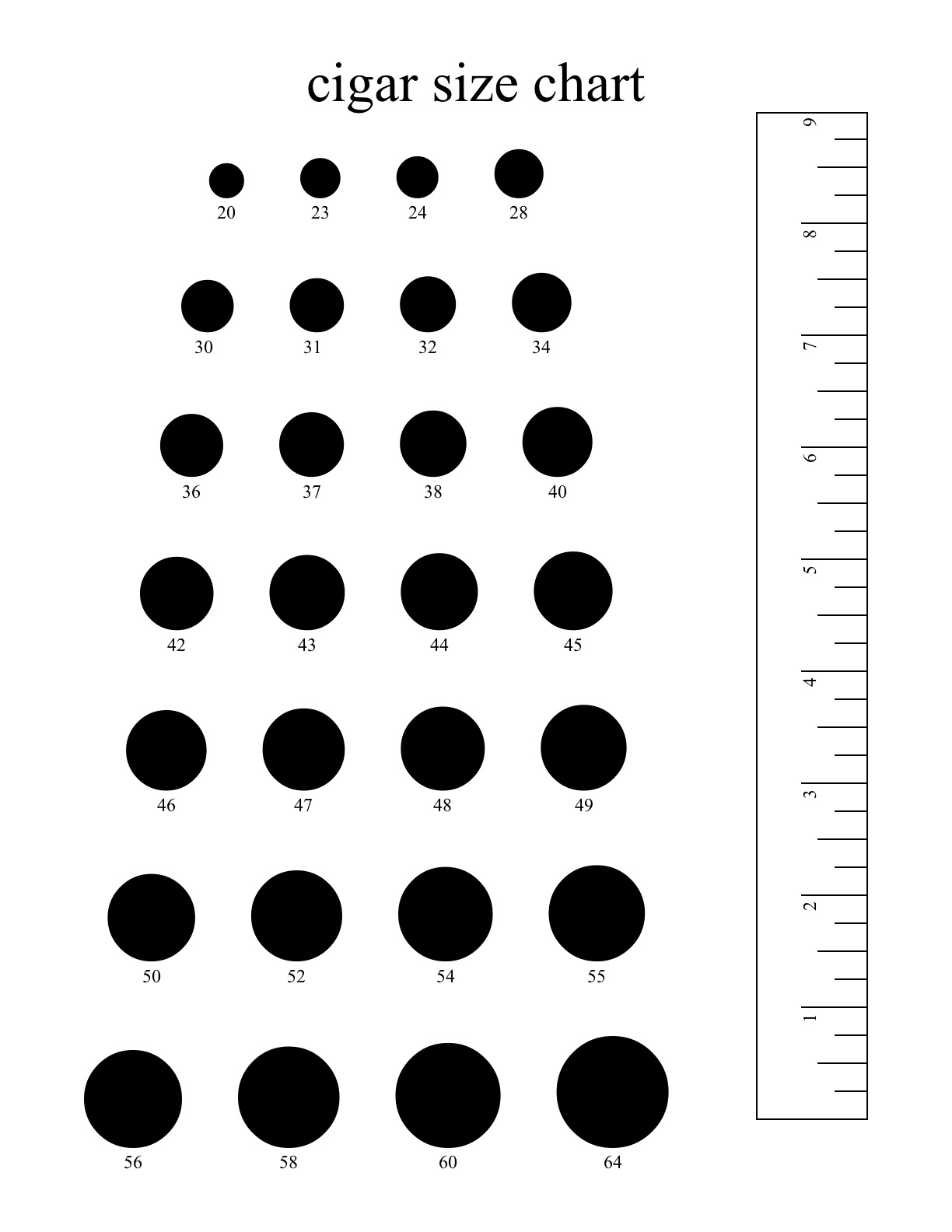
Ring size refers to the thickness of a cigar and is based on an inch divided by 64 - so a ring size of 32 will be half an inch thick, 48 will be three quarters of an inch thick etc. This ring size combined with the length gives you the Vitola - a shorthand for the size of a cigar. It is these violas which have become the names synonymous with cigar sizes.
There are many sizes of cigar but the most popular are:
Petit Corona (5 1/8” x 42 ring gauge or 129 mm x 16.5 mm diameter) 30 mins to smoke.
Corona (5 5/8” x 42 or 142 mm x 16.5mm diameter) 30+ mins to smoke.
Robusto (4 7/8” x 50 or 24 mm x 20 mm diameter) 45+ mins to smoke.
Churchill (7” x 47 or 178 mm x 18.5mm diameter) 60 mins to smoke.
Double Corona (7 5/8” x 49 or 194 mm x 19.45 mm diameter) 75+ mins to smoke.
Smoking rules
The end should be cleanly removed by a cigar cutter.
Cigars should ideally always be lit by a wooden match - never use a candle or petrol lighter as this will taint the flavour of the cigar.
Take your time to light your cigar, hold it at 90° to the flame rotating it until it is well lit.
Unlike cigarettes you do not inhale the smoke from a cigar, you draw the smoke from the cigar into your mouth and then exhale. The flavour from the cigar will be captured by your taste buds.
Like brandy, cigars should be enjoyed slowly, drawing too hard on a cigar can make it burn too hot ruining the flavour.
You don’t need to knock the ash off - it’ll drop when it’s ready.
The larger the cigar the cooler it will burn - but remember size is no guide to strength or flavour.
Remember, your cigar has been through many experienced hands to produce - from the farmer who grew the tobacco, to being hand picked, graded, aged and finally rolled.
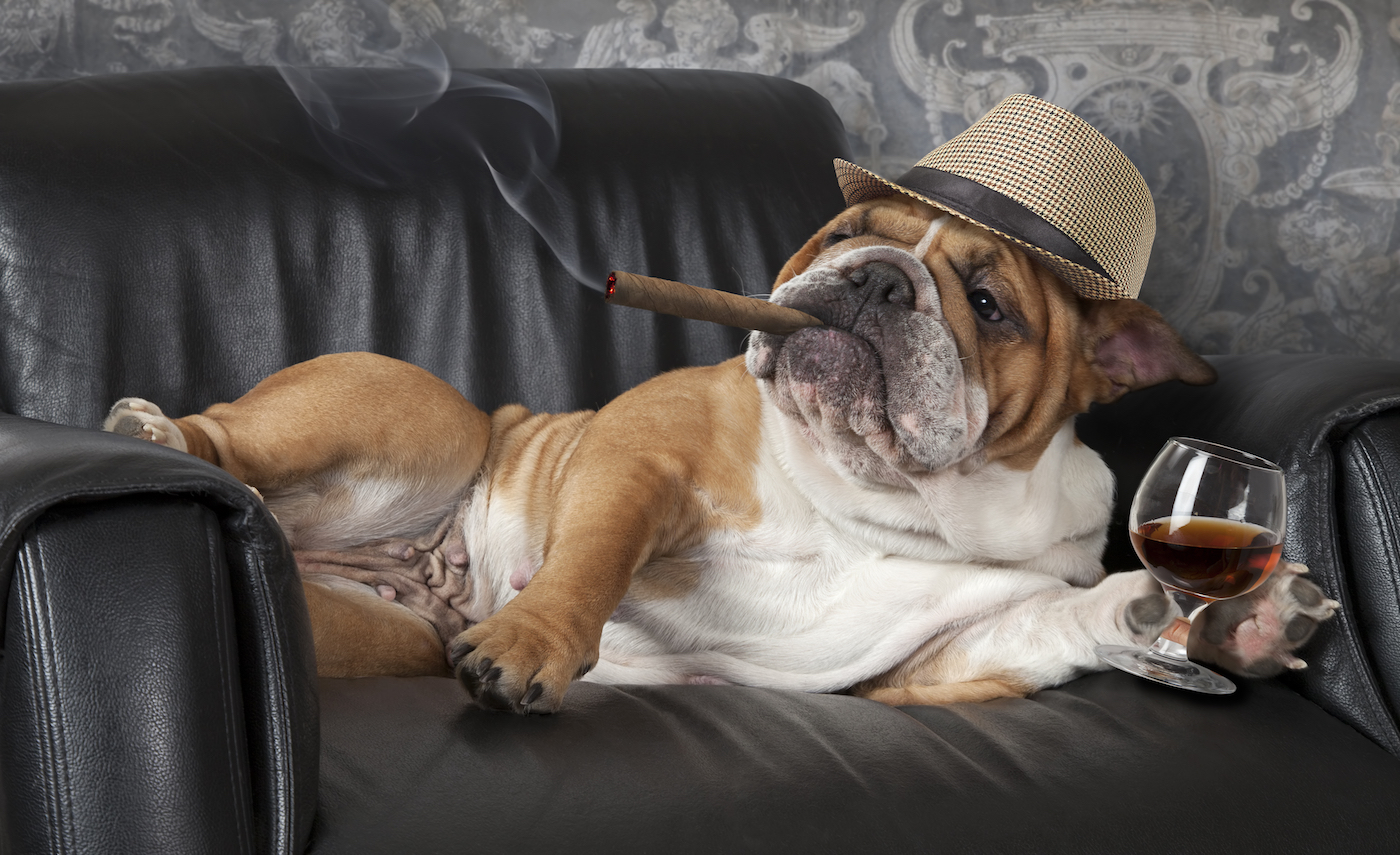 Take your time to enjoy it.
Take your time to enjoy it.
